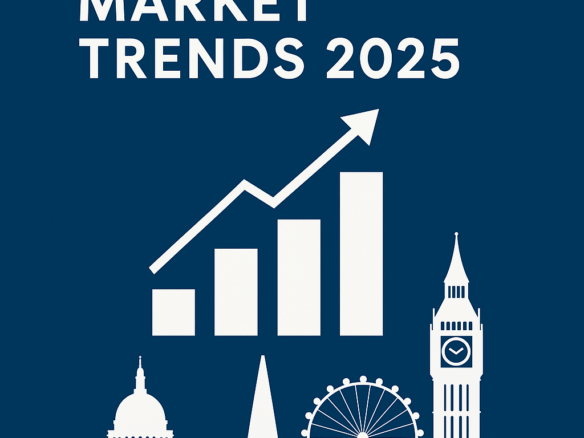Bank rate rises are always big news and the latest quarter point rise in interest rates to 5 per cent puts interest rates at their highest level for five years. Inflation figures which are hanging round the 2.5% have seen the Bank of England act to keep inflation under control, with a target rate of 2%.
Consumer debt is enormous
Consumers now hold a record 1.3 trillion pounds in debt, and higher rates are beginning to strain households. Personal bankruptcies touched a record in the third quarter. Abbey National, the U.K.’s second-biggest mortgage lender, is offering homebuyers the chance to borrow five times their salaries.
Rates rises were anticipated
The increase was certainly not a bolt of the blue, economists and financial institutions widely predicted the rise and were clearly ready for it. Commenting on the rise, CML Director General Michael Coogan said: “Financial markets have been anticipating a rise in interest rates since the last one in August, so today’s news should come as no surprise to anyone. A quarter point interest rate rise on a typical £120,000 repayment mortgage equates to around an extra £20 per month.”
Banks quick to put lending rates up
Rate rises reflected almost instantly to borrowers
Most Banks reflected the rise in their lending rates in hours of the announcement However on the day of the rise only a few Banks passed on better rates to their savers.
National Savings and Investments increased the rate on its direct individual savings account (Isa) by 0.25 percentage points to 5.55 per cent. Marks and Spencer Money also passed on the full rise to its Isa customers. Icesave, the Icelandic bank, the Post Office and The AA also increased interest rates across their variable rate savings accounts by a quarter point.
Propertyfinder.com comments think it’s a London led problem
The rate rise is expected to increase the pressure on homeowners outside London and the South East, where the market has been flat for some time.
Warren Bright, chief executive of Propertyfinder.com, says: “The housing market is being driven by London but people outside the capital may find higher rates much harder to swallow. Aggressive rate rises over a sustained period could destabilise the whole market.”
What of further rates rises?
Oxford Economic Forecasting (OEF) says that growth will slow to 2.3% next year, based on anticipated weaker demand for exports and more reluctance to spend in the shops.
The Bank’s monetary policy committee (MPC) is predicting inflation will rise to 2.7 per cent by the end of the year, though it will issue a revised forecast next week in its quarterly inflation report.
“It is likely that inflation will rise further above the target in the near term, but then fall back as energy and import-price inflation abate,” the Bank said.
A poll of City economists suggested a 40 per cent chance of another rate rise in February, while analysis of futures trading suggests investors put the chance as high as 60 per cent.
“Borrowers should be warned that financial markets are expecting yet another rate rise by next spring and now is the time to take action to protect themselves,” said Michael Coogan, director-general of the Council of Mortgage Lenders.
“Borrowers should be factoring in to their finances the effects of at least one more rate rise, and making sure that they are shielded from any risks this situation might bring.”



